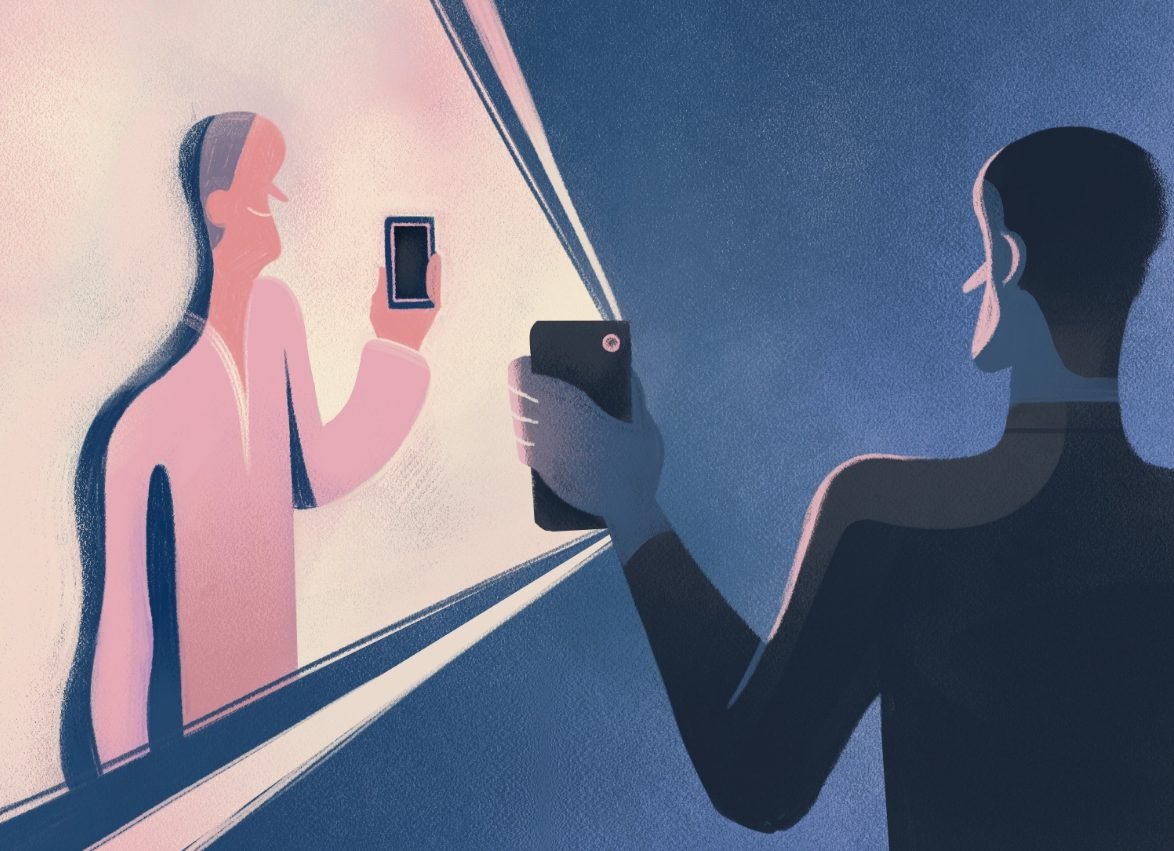Web and graphic designs may sound similar to newcomers and general audience. However, these are two different fields within an interesting and creative profession. They have their special characteristics and challenges.
The comparison between graphic design and web design is an exciting topic, and it’s not always easy to determine their similarities and differences. In this article, we will discuss the potential futures of each profession and provide useful tips for starting your way as a designer.
Keep reading if you want to find out more about these two professions and whether both of them will remain in demand in the near future. We’ll also share some industry insights and, hopefully, help you decide on your future career prospects.
But first, let’s start by defining what graphic and web design are.
What is graphic design?
Graphic design is all about creating graphics, balancing photos and typography, and drawing illustrations to express a certain idea or help promote a specific product.
Back in the old days, graphic design was associated with creating logos, posters, illustrating magazines, making brochures, etc. However, graphic design has moved to digital space over time and has used the latest technologies to create perfect images.
A good graphic designer should demonstrate deep knowledge of the basics of design. They should master color theory and typography, know visual hierarchy and layouts, and much more.
The main tools of a graphic designer are Illustrator, Adobe Photoshop, and InDesign. However, some designers may use other tools of their taste.
If we compare graphic design vs. web design in terms of responsibilities, we can highlight the following common tasks in graphic design:
- Studying briefs and developing the requirements
- Communicating with clients and advising them on strategies to engage wider audiences
- Creating concepts and providing ideas that align with the client’s vision
- Selecting fonts, colors, and layouts for future illustrations to fit the company’s branding
- Developing drafts
- Cooperating with clients and colleagues from multiple departments, including marketing and sales
- Communicating with art leads to finalize and approve the arts before sending them to a client
- Testing the arts via various channels (social media, ads, website, etc.)
- Reviewing and revising the illustrations to keep them up-to-date and on-brand
Both web and graphic design belong to the visual design group, and work in the same field. However, let’s take a closer look at what web design is.
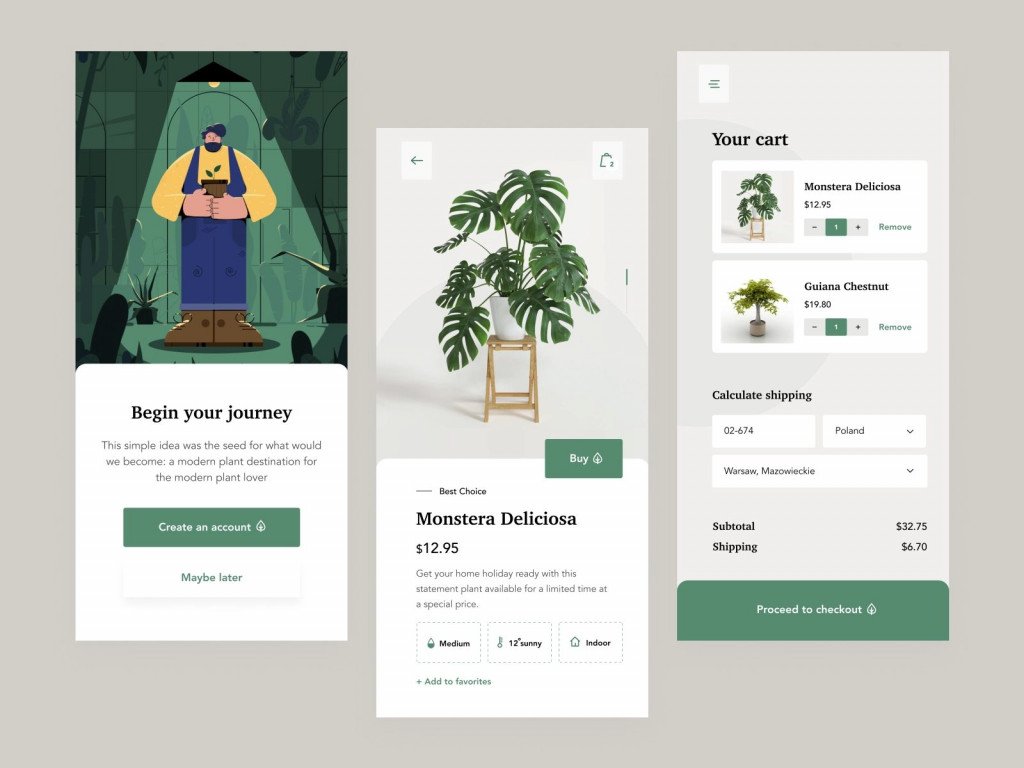
What is web design?
Let’s first distinguish the main graphic designer and web designer differences. Primarily, a web designer focuses on the overall appearance of websites.
Like graphic designers, web designers use Adobe Photoshop and Illustrator. However, web designers should also know the basics of computer programming. They should be familiar with HTML and CSS, and ideally, have a basic knowledge of JavaScript, PHP, or other programming languages.
| Note: Web designers need to know not only the above programs and programming languages but also some other concepts. For example, we advise familiarizing yourself with basic UX artifacts and web design styles if you are into this profession. |
Web designers are responsible for creating the visuals and overall style of web pages. Common web design tasks include planning the UX of the website, wireframing layouts, cataloging the content, and designing the final UI of the website. However, this list is not exhaustive. Here are some other tasks included in web design services:
- Integrating CMS programs and data feeds provided by the client into the website
- Optimizing websites to ensure the maximum scalability and loading speed
- Testing websites and identifying performance issues
- Cooperating with back-end developers to ensure proper website (or mobile app) logic
- Ensuring stable website operation across various platforms and devices
- Working with marketing teams and the client to ensure proper branding placement
Web and graphic design both use principles of the basic design, so web designers should also know how to use typography, colors, layouts, and visual hierarchy when designing websites.
Бoth web and graphic designers have to understand the basics of visual arts, composition, design trends, and more. Moreover, you’ll see that both require a well-established set of soft skills like communication, problem-solving, time and client management.
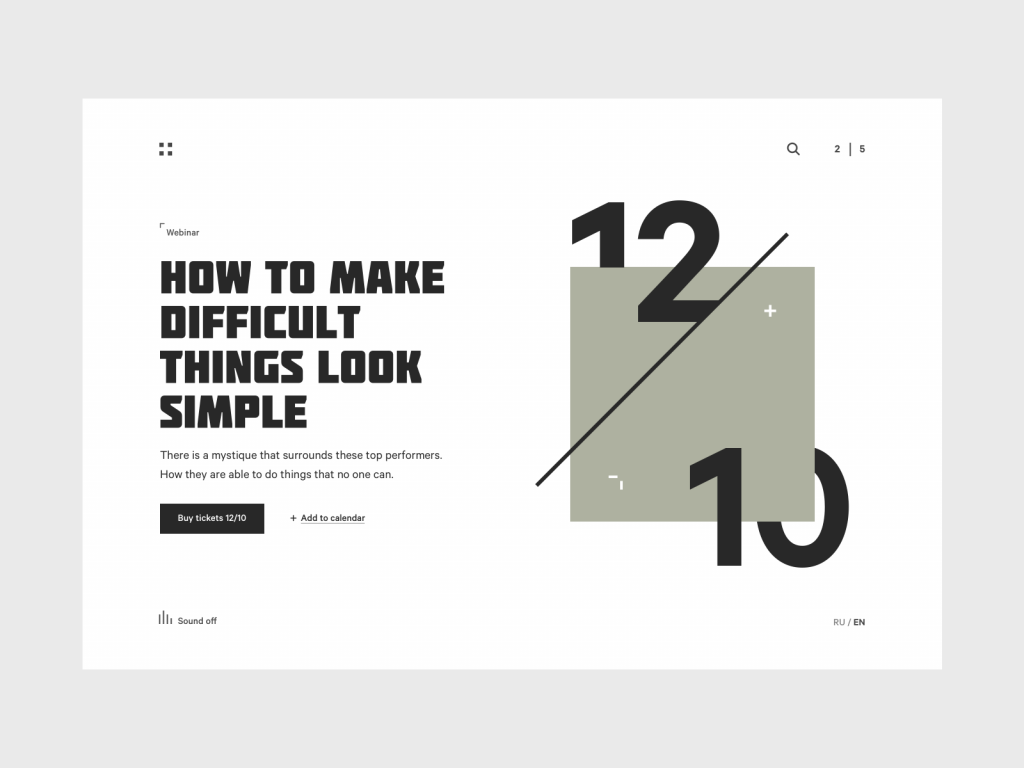
How are graphic and web design different?
So, the battle between web design vs. graphic design continues. Let’s compare the designers working in these fields in detail. We already know that they both create visual media to illustrate something. But what are the main graphic design and web design differences? Let’s find out.
1. Set of technical skills
The first and most important difference between graphic design and web design is the set of technical skills designers use while working on the project. When creating illustrations, graphic designers use Adobe Photoshop, InDesign, and other applications, limited only by their imagination.
In contrast, web designers should know HTML and CSS to work on their projects and have basic skills in some other programming languages. Moreover, web designers are limited by the technical capacities of the website. They should keep in mind the size of the files and the loading time.

2. Dynamic and permanent
Both graphic and web design are undoubtedly forms of art. Graphic design is closer to the classical means of art, making it more enduring. We still remember posters and illustrations from the past, some of which are even displayed in museums.
On the other hand, web design is dynamic, often being renovated and reimagined every couple of years. Website designs lose their relevance relatively quickly and need to be updated all the time — just look at those product website design examples. Old designs may only be seen in the Google archives, and older trends rarely come back into fashion.

3. Interactive and static
Another great difference between graphic and web design is the level of interactivity. Web design allows for direct interaction with the website by clicking different buttons, which can trigger different pop-up windows or motion graphics. With graphic design, we have fewer ways to interact. We can look at it, and perhaps touch it, but that’s all.
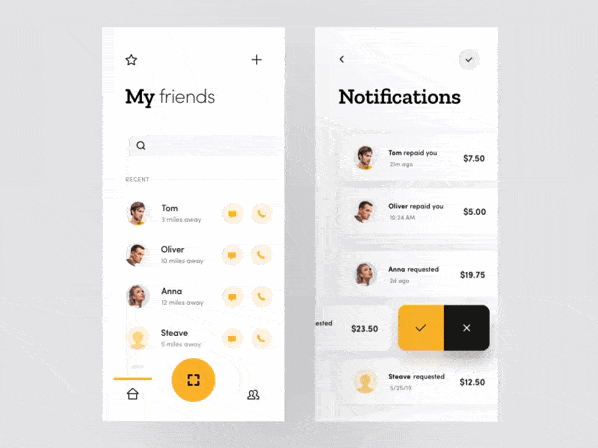
4. DPI and pixel dimensions
Web designers are limited in their creativity by several parameters: image size, pixel number, load time, etc. That is why producing images specifically for the website in question is challenging from the technical side.
The main task for a web designer is to create or choose an image with the highest resolution yet with the smallest file size. The printed image and the image used for the web design will have different DPI (dots per inch). For example, a website illustration can have 72 DPI, while a graphic illustration for a poster will have 300 DPI or more.
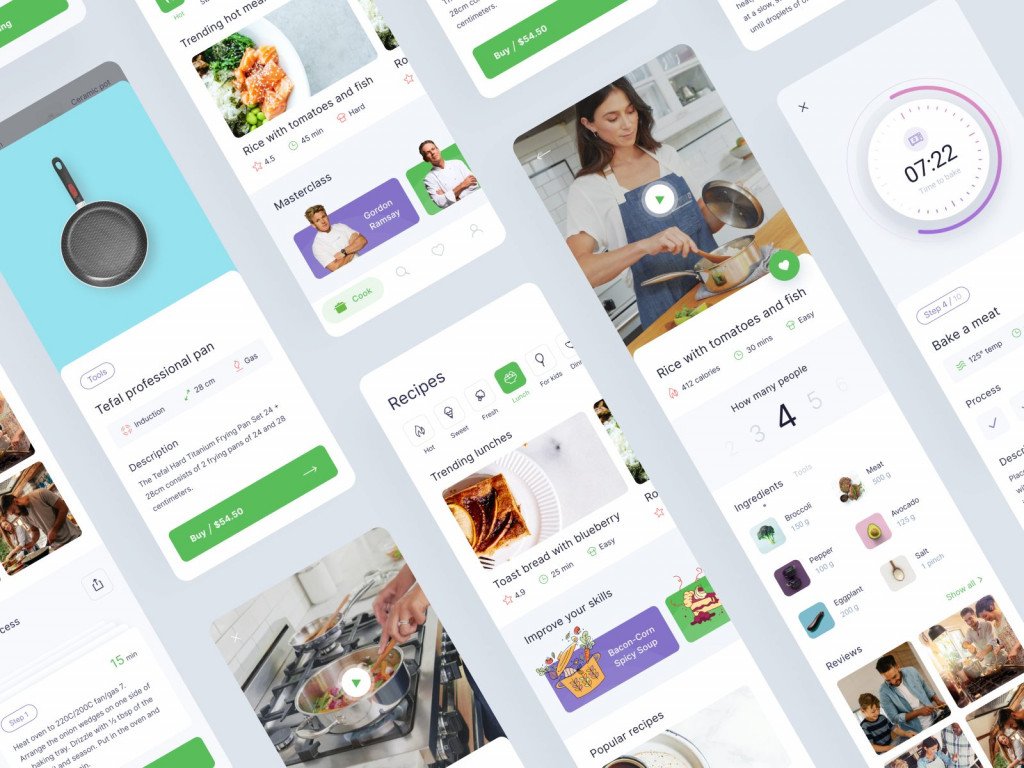
5. Typography restraints
Both website design and graphic design use typography in the working process. However, web designers face restrictions here as well. Not all fonts you might want to use are supported on all devices, and you should keep that in mind when selecting a particular font. Certain browsers may not be able to display some fonts in CSS.
A good solution to this issue would be to create a font stack, allowing the browser to have several fonts to choose from.

6. Ongoing relationship
Website design requires constant renovation and innovation, so web designers have a greater chance of securing long-term contracts with their clients. Once you have created a website design, the work is not done. It will require more changes and additional features in the future, as all the websites evolve to remain competitive.
In contrast, when you are working on a graphic design, your work is finished once the customer accepts your illustration. If the client requires a new print version, it most likely requires a new piece of art to work on.
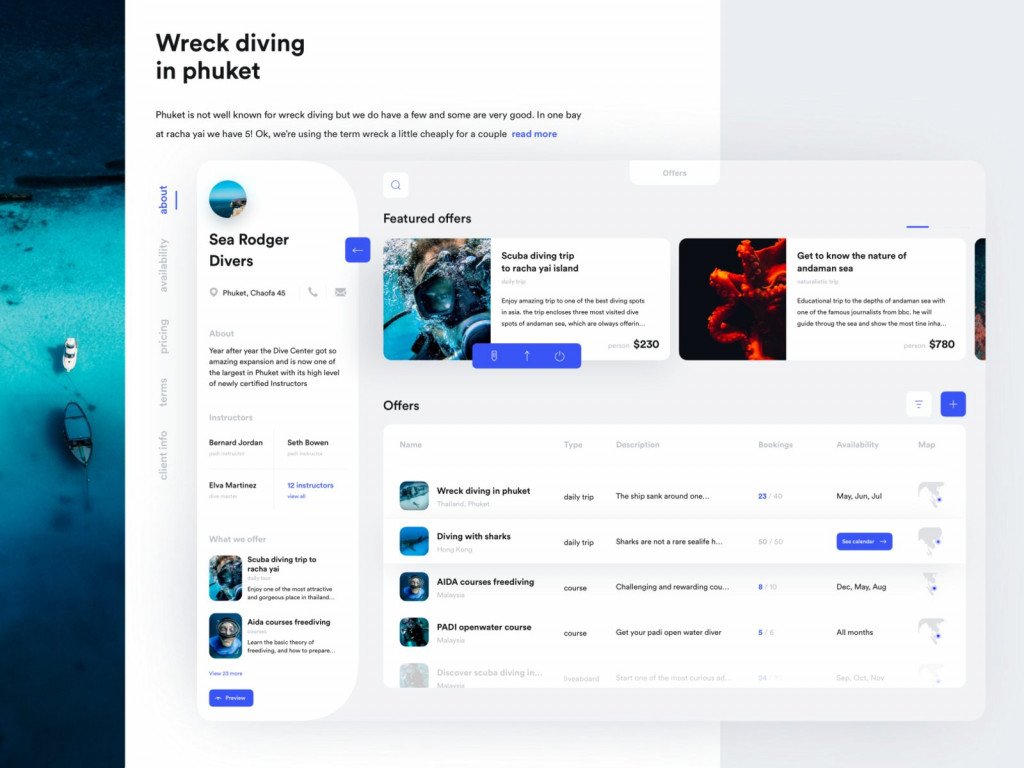
How are graphic and web design similar?
We have discussed the differences between the website and graphic designers, but now let’s study what they have in common. From the previous paragraphs, you might have gotten the impression that these are completely different specialties, but this is far from the truth.
1. Design fundamentals
When considering print design vs. web design, what do you think they have in common? Both types of designers should study the fundamental laws of design before becoming professionals.
Typography, color theory, and visual hierarchy — all these tools are necessary for successful designs. Moreover, it’s highly desirable for designers to have artistic skills and to be overall creative individuals. Whether it’s graphic or web design, basic art knowledge is essential.
2. Design trends
Modern trends come and go, and design trends are no exception. Every designer needs to keep an eye on modern trends and create their projects accordingly. If you don’t want your website or an illustration to be outdated a couple of months after creation, make sure that it is in line with the vector of trends. Web design trends are more dynamic, so they may change more frequently.
3. Creative solutions
Both web and graphic designer positions are undoubtedly creative, and a person taking either of these jobs needs to be capable of brainstorming and generating multiple ideas. That is why most customers hire them as specialists to find creative and efficient solutions to the design problems they face.
A website with poor design won’t convert enough customers, and a poorly designed poster won’t effectively promote the product. In this case, designers come to the rescue. Web designers ensure the website looks and works well, while graphic designers solve problems by creating appealing logo designs, logo branding, or other images for the company.
Creativity is good, but it’s great if the designers you’re working with are business-savvy. This will help them better fit the design to the audience and reach your business goals.
4. Communication
Good communication is essential for success in web and graphic design. It doesn’t matter whether you are designing a website or a brochure, strong communication skills are key. Your task is to understand the client’s requirements and ask the right questions to create a clear picture of the desired design.
Most clients are not specialists in design, so it may be challenging for them to explain what they need. In this case, it’s up to you to make sure this communication is successful and the design meets all the client’s needs.

When do you need a web or graphic designer?
Now that you know the difference between graphic design and web design, you can more easily decide which type of specialists you may need for your upcoming project.
If your project involves creating art for social media posts or visuals for your YouTube channel, hiring graphic designers is the right decision. Here’s why:
- They’ll develop a unified set of visuals for your business: from social media covers and video thumbnails to the visuals you’ll be sharing;
- Graphic designers will also help you maintain a unified branding design (fonts, colors, logos) across every piece of art you’ll need for product promotion;
- Their expertise will help you better understand what you want your brand visuals to look like, whether that’s more colorful or low-key, more serious or casual, and develop a well-defined strategy.
However, if you need to create a website from scratch and ensure it’s readable, intuitive, and well-structured, you’ll need to hire a dedicated web designer. They can:
- Come up with a well-optimized, sleek website or mobile app mockups in line with your requirements
- Help you test the page’s performance and eliminate bugs
- Fix the existing website or app
- Adjust visual elements like pages, buttons, icons, and pop-ups to your satisfaction.
So, whenever you need to work on informational, promotional, or entertaining visuals you’ll post on social media or streaming platforms, a graphic designer will be the best fit. If you’re aiming for a website or mobile application filled with relevant content and convenient navigation elements, web designers will do the job.
Which design role will be more in demand in the future?
Graphic design vs. web design. Which one has more prospects in the future? It’s really hard to say, as both professions continue to be highly sought after Despite a significant shift towards online business post-2019, almost 90% of the shopping in the US stays offline. That is why graphic designers are still highly requested professionals, even though web designers may experience growing demand.
The amount of online consumer spending is rising, and creating digital products and developing e-commerce brands is more relevant today than ever before.
It’s practically impossible to predict which of these design professions will thrive in the future.
However, the current landscape suggests that both graphic design and web design remain crucial, with businesses likely to benefit from employing specialists in both fields to achieve comprehensive and effective branding and marketing strategies.

Which is the right job choice: web design vs. graphic design?
Sometimes it’s challenging for new designers to choose between web design and graphic design. While there are a lot of online and offline design courses, some companies still demand web and graphic designers to hold at least a Bachelor’s degree to start their careers. A website with a bad design won’t convert enough customers, and a badly-designed poster won’t promote the product. And in this case, designers come to the rescue. Web designers make sure the website looks and works well, and graphic designers solve problems by creating appealing logos design, logo branding, or other images for the company.
The financial aspect of choosing a job should not be ignored either. Sure enough, web designer and graphic designer salaries are different. On average, web designers earn higher salaries, with an annual average of $72,000/year, compared to $52,363/year for graphic designers. It’s important to note, though, that, the salary gap is not that massive and may vary depending on the country and the company you’re applying for.
Ultimately, it’s up to you to decide which field of design to pursue. If programming doesn’t appeal to you, then becoming a graphic designer is the career of your choice. On the other hand, if you’re interested in more than just design and enjoy coding, go for a web design career! Both careers are creative, fulfilling, and are in high demand.
There are thousands of companies looking for skilled and experienced specialists every day, offering competitive opportunities. However, even beginners in web design and graphic design can find plenty of internships and opportunities for entry-level specialists.
Graphic designer vs. web designer: who wins?
If your question was, “Web design vs. graphic design, which one is better?” we hope you have found some answers in our article. Web and graphic design are two sides of one creative profession, and the choice of which is better depends entirely on you. Both fields come with their pros and cons, differences, and similarities, yet each is equally interesting and challenging.
If you are in search of a web and graphic designer, Cyber Craft is an excellent choice for you. Whether you have a website to design or an illustration to create, we are ready to assist you.
FAQ
Is graphic design included in web design?
Graphic design is indeed a key component of web design. It encompasses the creation of visual elements such as images, typography, and icons that are integral to a website’s overall appearance and user interface.
What is the main difference between a web designer and a graphics designer?
A web designer focuses on creating website layouts and user experiences, while a graphic designer focuses on visual content across various media.
Can a graphic designer become a web designer?
Yes, with additional training in web technologies such as HTML, CSS, and sometimes JavaScript and UX design, a graphic designer can become a web designer.
Do web designers know graphic design?
Many web designers have graphic design skills, which are essential for creating visually appealing websites.
Who earns more, graphic designer or web designer?
Typically, web designers earn more due to their technical skills and the demand for web development. The average salary of web designers is 30-35% higher than that of graphic designers.





